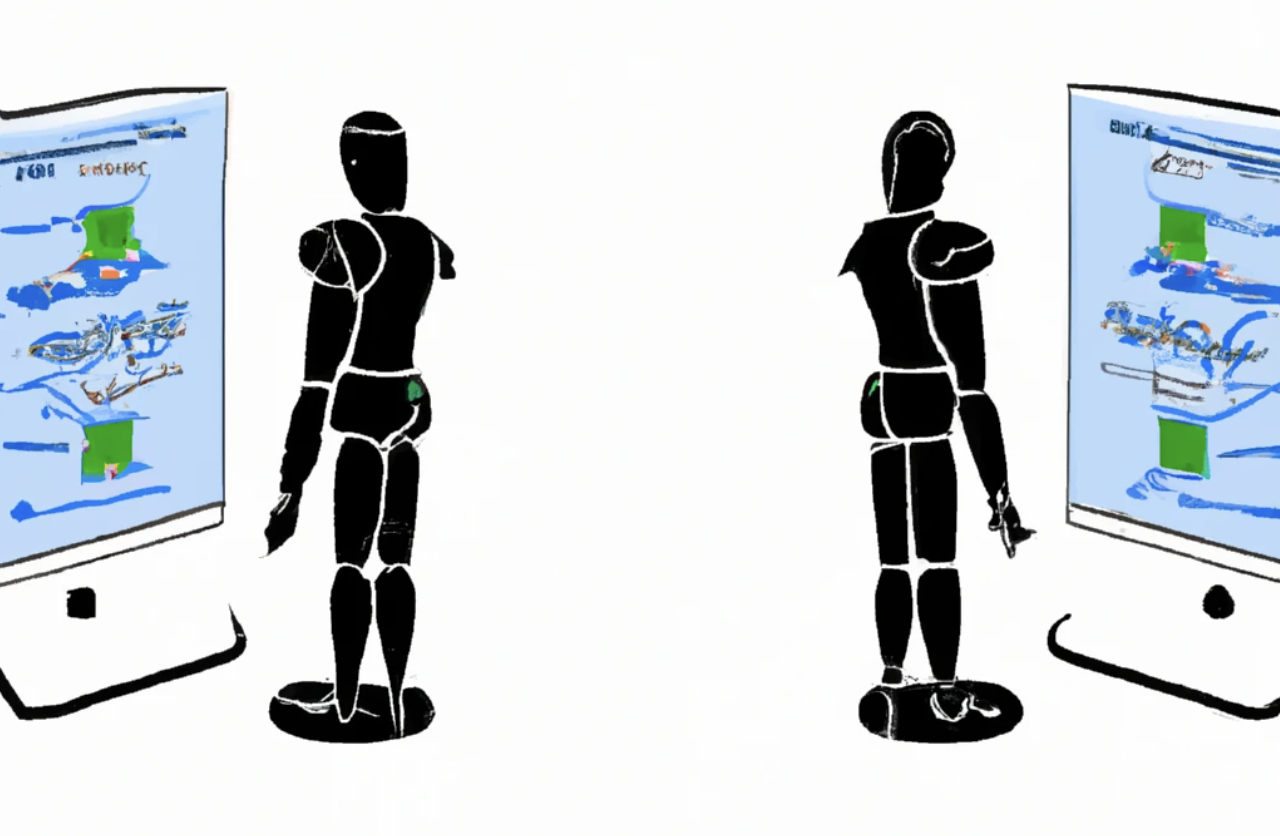Testing models
Developing Machine Learning Models for Production

Sinan Ozdemir
Data Scientist, Entrepreneur, and Author
Individual vs Group fairness
Individual fairness
Treat similar individuals similarly.
- E.g. Give similar job opportunities to individuals with similar experiences.
Group fairness
Treat different groups equally.
- E.g. Do not discriminate against individuals from certain racial or ethnic groups in school admittance models.
Holdout testing
- Holdout testing checks model reliability using a separate dataset
- Assesses performance on untrained data, like at training time
- Detects issues like overfitting or underfitting

Looking for model drift
Concept drift
- A shift in the relationship between the features and the response
- E.g. a sentiment analysis algorithm
- Terms can shift in meaning (saying something is "sick" is a good thing)
- E.g. a sentiment analysis algorithm
Prediction drift
- A shift in a model's prediction distribution
- E.g. a temporary outage leads to an increase to the "outage" intent for your chatbot
- Nothing is "wrong" per say but this drift could lead to slower response times for users
Example of looking for model drift
Setup:
# Import necessary libraries and split data
X_train, X_test, y_train, y_test = ...
Fitting our model:
# Train a classifier on the training data
clf = DecisionTreeClassifier(random_state=42)
clf.fit(X_train, y_train)
# Calculate the accuracy on test data
y_pred = clf.predict(X_test)
accuracy = accuracy_score(y_test, y_pred)
print(f"Accuracy: {accuracy}")
Testing for drift later:
X_test_drift = X_test + 1.0 # Simulate data drift
# Calculate the accuracy on drifted data
y_pred_drift = clf.predict(X_test_drift)
accuracy_drift = accuracy_score(
y_test, y_pred_drift)
print(f"Accuracy with drift: {accuracy_drift}")
# Drift detection threshold based on the accuracy
drift_threshold = accuracy * 0.9
# Check for drop in accuracy on the drifted data
if accuracy_drift < drift_threshold:
print("Concept drift detected!")
else:
print("No concept drift detected.")
Cost of complex models vs baseline models
- Complex models are more expensive and can affect model efficiency
- Latency measures the time to process a single input and generate a prediction
- Throughput measures the number of predictions a model can make in a given time
- Test latency and throughput to identify how much complexity a model should have
- Goal is a balance between accuracy and efficiency
Let's practice!
Developing Machine Learning Models for Production

